2024 Public Health Laboratory Annual Report
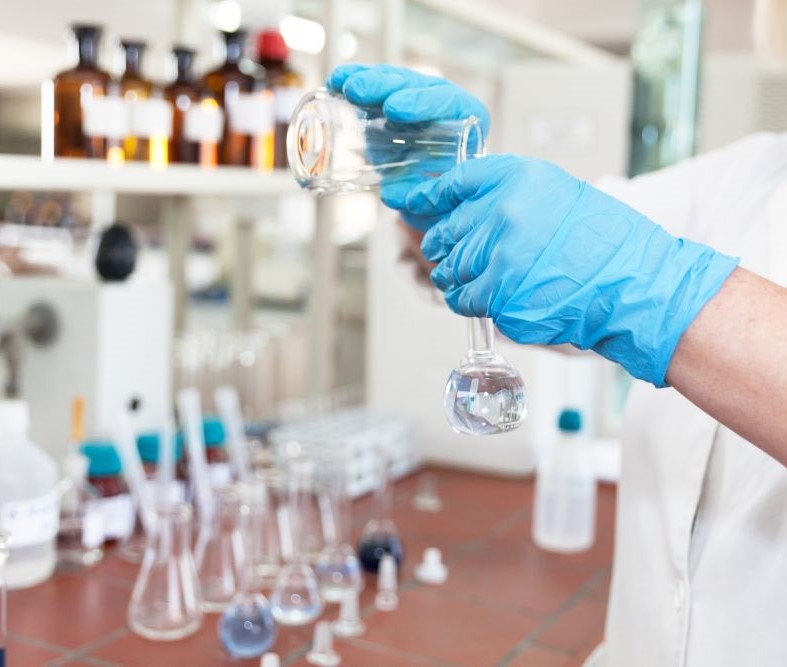 The Minnesota Department of Health (MDH) Public Health Laboratory provides many services that help keep Minnesotans safe. Each section of the lab plays a different role in protecting the public’s health by working together with partners at the local, state, and national levels. Here are a few of the things that happened in the Public Health Laboratory in the past year:
The Minnesota Department of Health (MDH) Public Health Laboratory provides many services that help keep Minnesotans safe. Each section of the lab plays a different role in protecting the public’s health by working together with partners at the local, state, and national levels. Here are a few of the things that happened in the Public Health Laboratory in the past year:
Department-wide stories:
- Diversity, Equity, Inclusion, and Belonging Collaborative
- Education Outreach Program Brings Science to Students
- Lab Scientists Boosted by New Job Classification
- MDH Speaks: Sharing Important Public Health Stories
- New Construction Resolves Long-Running Problems
- PHL Budgets
Environmental Laboratory
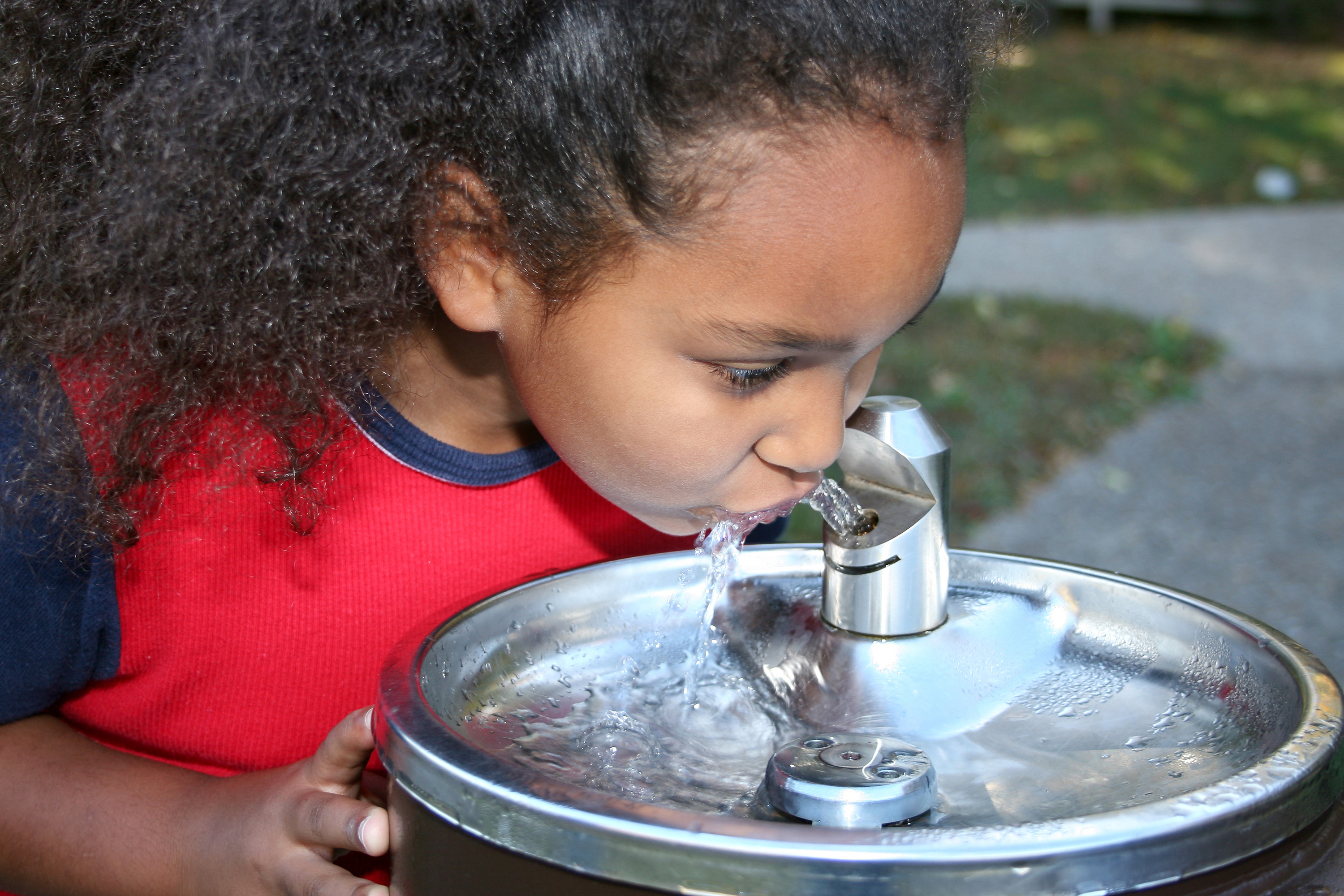 The Environmental Laboratory performs chemical, bacteriological, and radiological testing of environmental samples for pollutants that may affect the health of Minnesotans. These samples include water, air, soil, and hazardous waste. The Environmental Lab also uses biomonitoring -- identifying and measuring potentially toxic chemicals in the body -- to help determine populations at risk for exposure to environmental hazards. Working with partners around the state, the lab tests well water for contamination after floods, performs routine monitoring of the environment and drinking water facilities, prepares to respond to radiologic emergencies, and supports public health biosurveillance activities.
The Environmental Laboratory performs chemical, bacteriological, and radiological testing of environmental samples for pollutants that may affect the health of Minnesotans. These samples include water, air, soil, and hazardous waste. The Environmental Lab also uses biomonitoring -- identifying and measuring potentially toxic chemicals in the body -- to help determine populations at risk for exposure to environmental hazards. Working with partners around the state, the lab tests well water for contamination after floods, performs routine monitoring of the environment and drinking water facilities, prepares to respond to radiologic emergencies, and supports public health biosurveillance activities.
Environmental Laboratory story:
Infectious Disease Laboratory
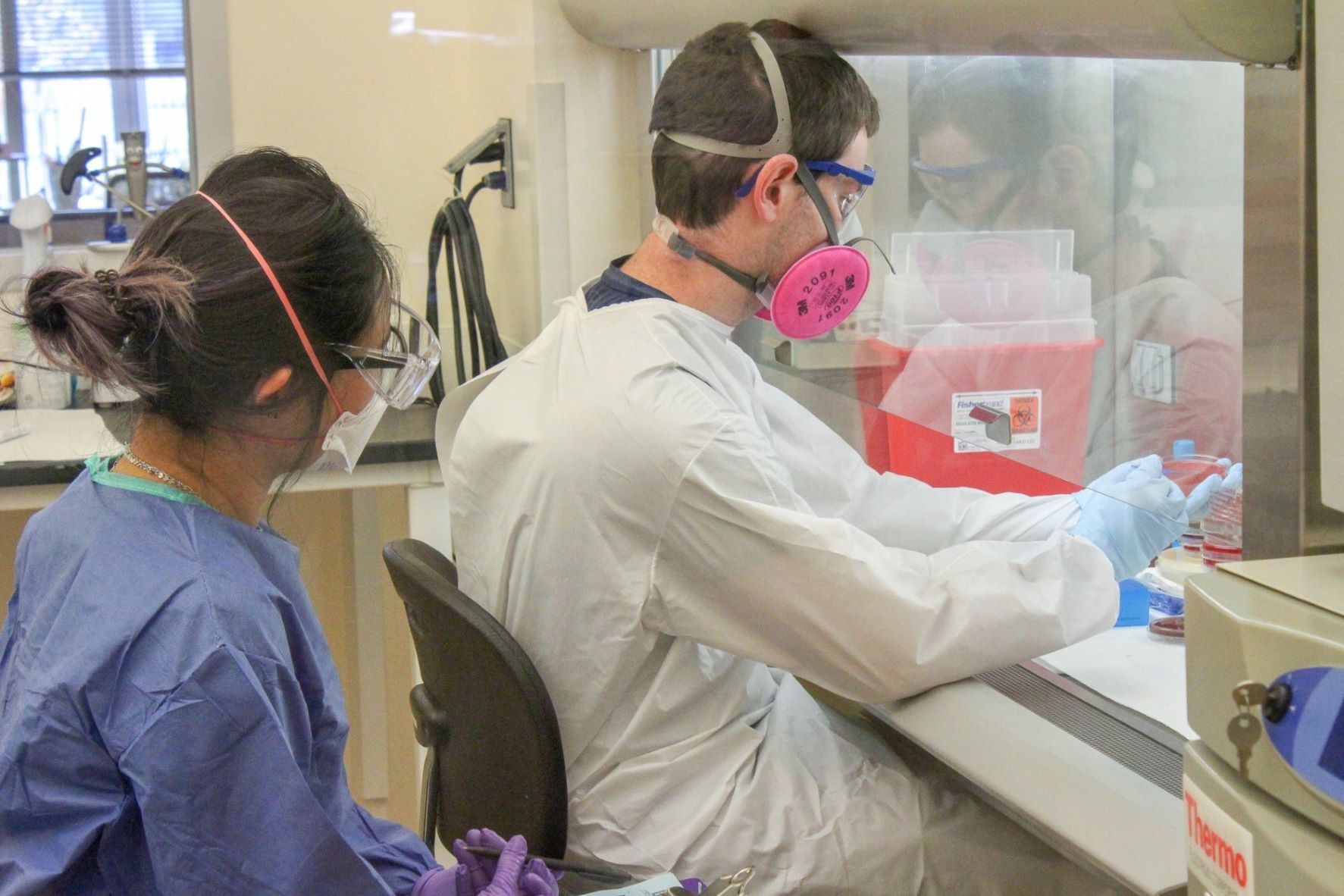 The Infectious Disease Laboratory works to identify changes in known pathogens, detect emerging diseases, and identify sources of disease outbreaks in Minnesota and nationwide. The quick results provided are critical to identifying outbreaks before they spread. The lab tests for a wide variety of diseases, including influenza, rabies, tuberculosis, meningitis, and many different illnesses caused by contaminated food and water.
The Infectious Disease Laboratory works to identify changes in known pathogens, detect emerging diseases, and identify sources of disease outbreaks in Minnesota and nationwide. The quick results provided are critical to identifying outbreaks before they spread. The lab tests for a wide variety of diseases, including influenza, rabies, tuberculosis, meningitis, and many different illnesses caused by contaminated food and water.
The Infectious Disease Laboratory staff members played a critical role during the COVID-19 pandemic. The lab was the first place in Minnesota to perform testing for the virus that causes COVID-19, processing hundreds of thousands of samples, and led the nation in whole genome sequencing to identify new SARS-CoV-2 variants.
Infectious Disease Laboratory stories:
- Lab Tackles Pertussis, Candida Auris, Legionnaires’ Disease
- Minnesota Chosen to Conduct Cutting-Edge Infectious Disease Research
- Preparing for Outbreaks of Rare Diseases
Newborn Screening Program
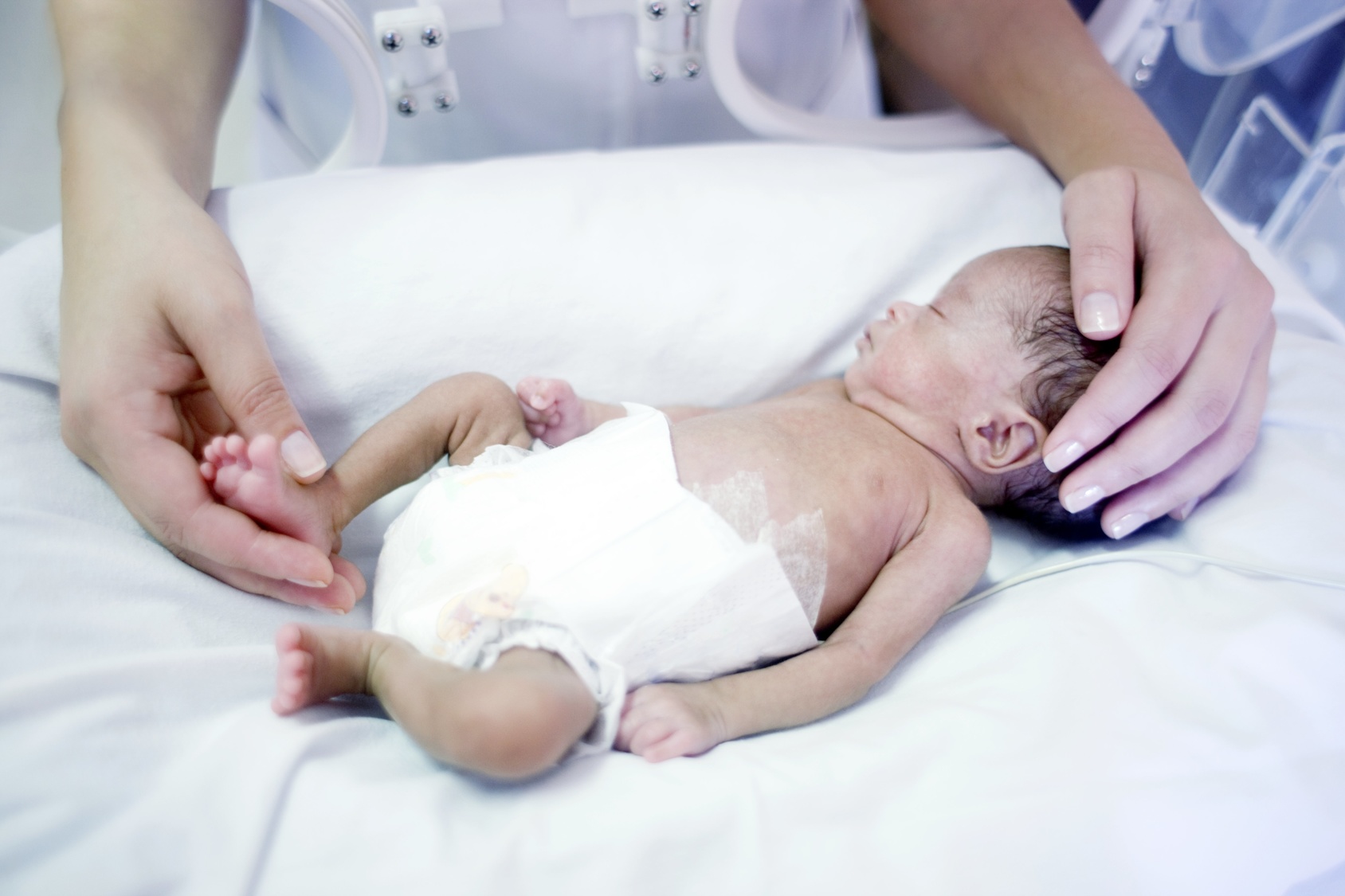 The Newborn Screening Program screens infants for over 60 rare, serious, and hidden disorders, including hearing loss and critical congenital heart disease (CCHD). If left untreated, these disorders can lead to illness, physical disability, developmental delay, or death. Newborn screening aims to identify disorders before symptoms appear so affected infants can receive prompt diagnosis and treatment. Working together with Minnesota’s medical professionals, the Newborn Screening Program screens nearly 63,000 babies each year.
The Newborn Screening Program screens infants for over 60 rare, serious, and hidden disorders, including hearing loss and critical congenital heart disease (CCHD). If left untreated, these disorders can lead to illness, physical disability, developmental delay, or death. Newborn screening aims to identify disorders before symptoms appear so affected infants can receive prompt diagnosis and treatment. Working together with Minnesota’s medical professionals, the Newborn Screening Program screens nearly 63,000 babies each year.
Newborn Screening Program stories:
- Data and Quality Unit Brings the Facts to Newborn Screening Program
- Krabbe Disease Added to Minnesota Newborn Screening Panel
- Tracking How Well cCMV Screening Is Working
Emergency Preparedness and Response
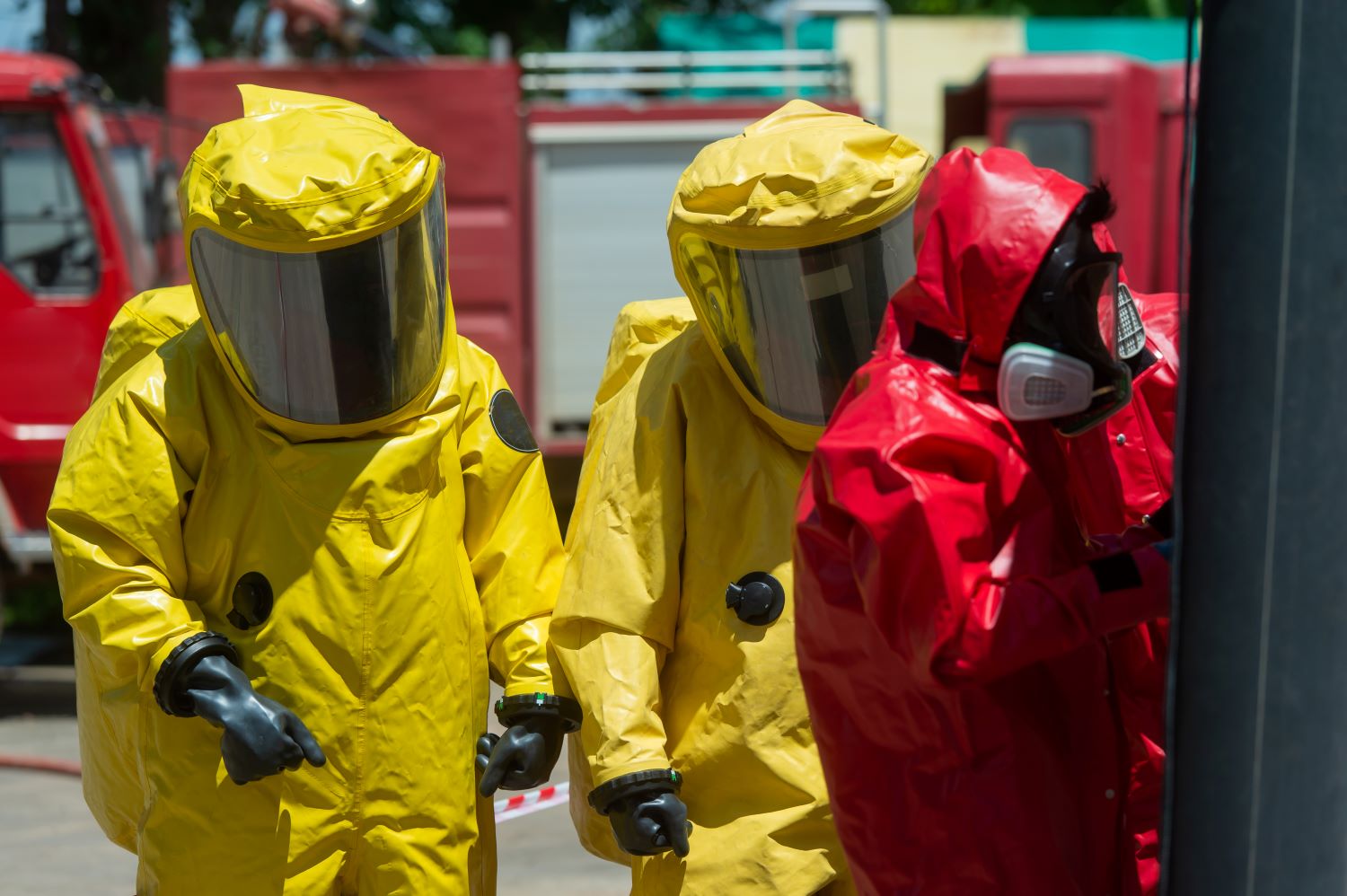 The Public Health Laboratory's Emergency Preparedness and Response program responds to emergencies that involve potential chemical, biological, or radiological agents that threaten the health of Minnesotans. The laboratory performs analytical testing as needed and provide training to sentinel laboratories—clinical laboratories on the front lines of disease detection—and first responders across the state. MDH’s Public Health Laboratory plays a role in multiple national laboratory networks, including the Laboratory Response Network (LRN), sharing testing capabilities and providing increased capacity for emergencies that occur in Minnesota and elsewhere in the United States.
The Public Health Laboratory's Emergency Preparedness and Response program responds to emergencies that involve potential chemical, biological, or radiological agents that threaten the health of Minnesotans. The laboratory performs analytical testing as needed and provide training to sentinel laboratories—clinical laboratories on the front lines of disease detection—and first responders across the state. MDH’s Public Health Laboratory plays a role in multiple national laboratory networks, including the Laboratory Response Network (LRN), sharing testing capabilities and providing increased capacity for emergencies that occur in Minnesota and elsewhere in the United States.
In the past year, the Public Health Laboratory's work resulted in:
- 402 Minnesota newborns identified with a disorder through Newborn Screening.
- 142,924 environmental & biomonitoring tests performed to identify toxic chemicals.
- 93,258 tests performed to identify infectious disease trends and outbreaks.
- 95 outbreaks or disease clusters identified, which prompted various epidemiology interventions to stop the spread of infectious diseases in Minnesota.
Public Health Laboratory staff by section:
- 11 Director's Office staff
- 48 Newborn Screening staff
- 66 Environmental Laboratory staff
- 74 Infectious Disease Laboratory staff